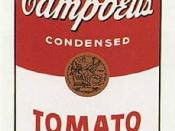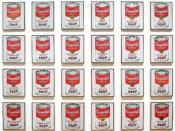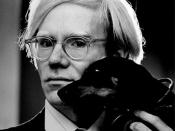Copyright and Appropriation
In the years since 1900, appropriation has been steadily gaining ground as a sort of new medium. (Millard) Appropriation of media imagery and non-fine arts cultural production forms the core basis of many artist's practices, and critique of such media imagery is considered to be one of the essential roles of the artist. Appropriation and reinvention of already existing work is taken as par for the course and many artists would defend the validity of the resulting output as adding to a dialogue between artists. Many practicing artists are not even fully aware of the guidelines which determine their ownership over their own work, and define the boundaries which must be surmounted in the use of someone else's work.
Copyright law cannot develop as fast as it must in order to keep up with the exchange and reformation of images and ideas which continue to flow every day.
The validity and appropriateness of appropriation itself has only increased throughout the last decades, as it could be said that appropriation is the only thing which stands between the artist and a swarm of unreadable, difficult to process jumbles of advertisements and media imagery. In much the same way as they critique and confront the media image, the artist may encounter and dissect or expand upon the work of another artist. It is arguably more valuable to overall artistic practice for these kinds of interactions to take place freely, rather then attempting to control them with the use of prohibitive measures, because of the importance of the two dialogues which come into being. These two dialogues being media-artist/artist-media, and artist-artist.
In order to understand the copyright laws in the United States, the stage on which most copyright lawsuits in art have played out over the last few decades, one...


